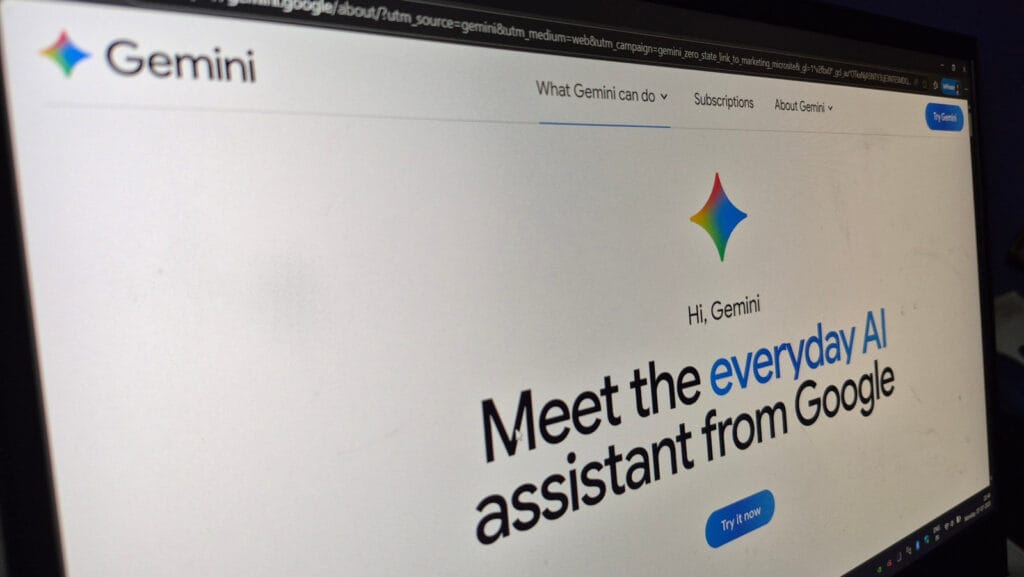Chocolate maker Tony’s Chocolonely has deployed cloud-to-cloud backup from Own in a move that has seen it become fully protected in its Salesforce.com environment. Previously, it regularly lost customer data without knowing it, and also ran up against storage space limitations that halted work.
The Netherlands-based company employs 300 people in offices across Europe and runs a manufacturing plant in Belgium. Its IT infrastructure is dominated by the cloud, with core apps that include Salesforce.com for customer interaction, plus Microsoft Business Central, Shopify – currently in migration – and Boomi integration, but it had lacked cloud-to-cloud backup capability.
Key issues with Salesforce.com were that it ran out of storage space and the customer had to restore customer records in case of error, said senior business partner in the IT team, Martijn van Kelegom (pictured above).
“We’re a young team and we recruit people based on their entrepreneurship, so they’re not necessarily good at understanding IT,” he said.
“That means we have colleagues that sometimes mess up and then we need to get things back. We needed a way of dealing with those scenarios.”
Previously when using Salesforce.com, Van Kelegom’s team could often not recover data that had been accidentally lost.
“I had to scrape the Salesforce.com recycling bin to see what was there, but if anything was older than two weeks, it would have been deleted anyway,” he said. “So, if we didn’t know it was gone for longer than that time, it was gone.”
Common issue
This is an issue that’s common to many cloud-hosted applications. Native data protection is usually minimal, and if files are accidentally lost or deleted, there’s no chance of recovering a last good copy beyond a certain point in time.
This has led to the rise of so-called cloud-to-cloud backup services that copy customer data to a third-party datacentre to allow recovery beyond standard cloud terms of service. Key players include Acronis, Barracuda, Cohesity, Druva, Keepit and Veeam.
Another issue for Tony’s Chocolonely was that it used to run up against Salesforce.com storage space limits.
“We’d not be aware of how much space we had left, and all of a sudden we couldn’t create new cases [customer tickets/events] because we’d hit the storage limit,” said Van Kelegom. “After 105% of allocated space, it stops working.”
Tony’s Chocolonely deployed backup-as-a-service from Own, which protects the company’s Salesforce.com data via a cloud management console and with data going to Own’s servers in the European Union.
Own backs up everything on the Tony’s Chocolonely Salesforce.com instance every night, which includes all production data plus sandbox environments.
Own claims 6,700 customers, and offers backup, restore and some value-added analytics capabilities in Salesforce.com, ServiceNow, Microsoft Dynamics 365 and Microsoft Power Applications.
Recovery for Van Kelegom’s team is via a few clicks that return all items connected with the files, such as related emails, but he often doesn’t use the restore function. Instead, he uses the Own console to trace the last changes on a set of customer records and creates a new one in which he corrects any error or deletion.
“Own helps us to look at the records and see what has changed,” he said. “We can type the customer number and see the date and time of changes. We could just restore any lost file but it’s just as easy to find it like this and update things.”
The company has also taken advantage of Own’s archiving functionality, which also helps it save on cloud storage space. Here, Van Kelegom sets Own to archive files at a specified age, and this clears space from Salesforce.com.
Also, he regularly uses Own as a repository when he clears excess data created, such as when loops of out-of-office notifications are sent on email threads.
Key benefits for Tony’s Chocolonely are that it saves a lots of money – €130 per hour – that it would spend working with an IT partner recovering lost files. Instead, relatively junior IT staff can do the work.
Primarily, Van Kelegom gets peace of mind knowing that data is protected and can be restored. “It’s nice not having to look at things all the time,” he said. “If something breaks, we get an alert.”





